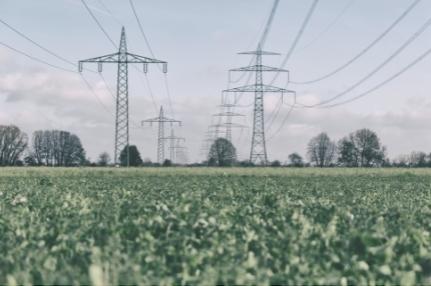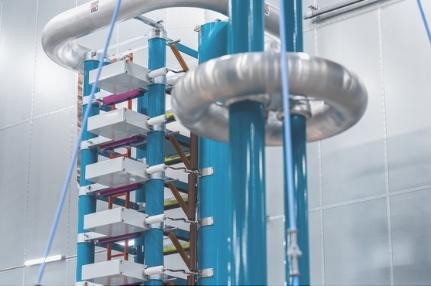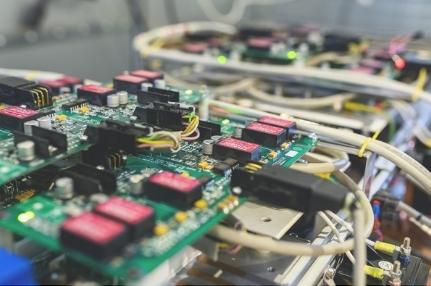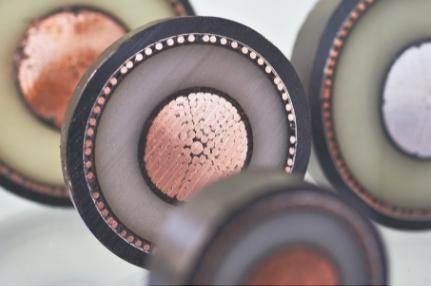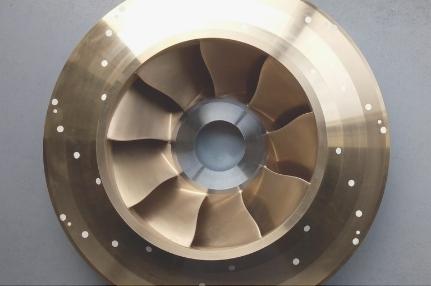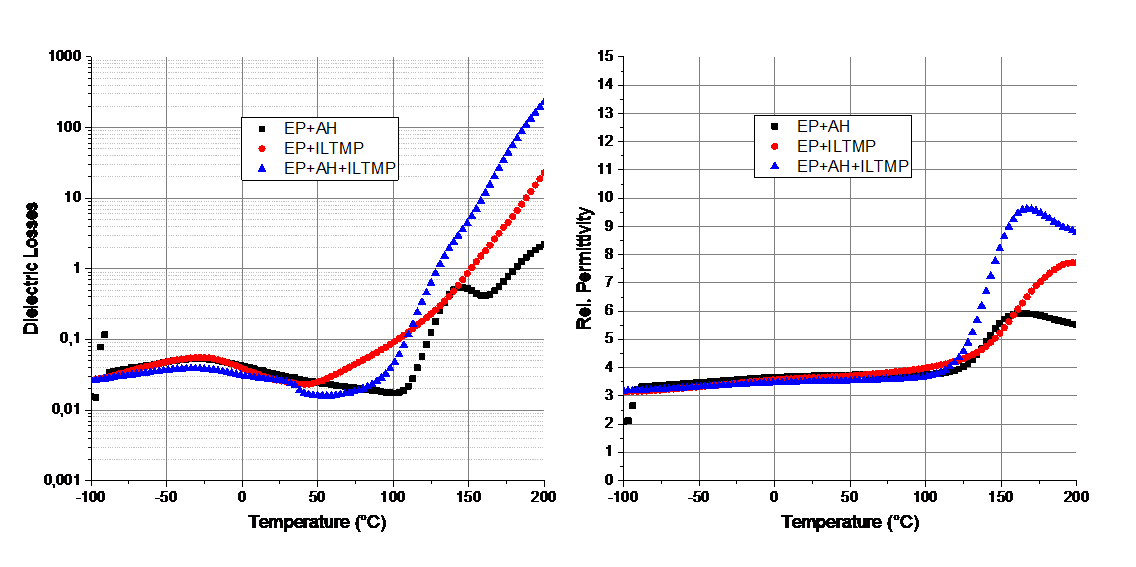Recherche & collaboration
Qu’est-ce qui nous rend unique ?
SuperGrid Institute doit son succès aux personnes qui composent nos différents départements de recherche. Nos équipes viennent d’horizons divers, tant industriels qu’universitaires, et la richesse de leur expérience et de leurs compétences rend l’Institut unique.
Chaque personne apporte une expertise spécifique et ce vivier de connaissances offre aux spécialistes de différents domaines la possibilité de collaborer sur des solutions innovantes pour résoudre des problèmes techniques.
L’Institut bénéficie d’étroites relations de collaboration avec des acteurs de l’industrie et des institutions académiques. Alors que les forces complémentaires de nos partenaires apportent des éclairages et des approches innovantes aux défis techniques, nous développons nos départements de recherche en toute indépendance. Des investissements conjoints publics-privés et des projets de collaboration financent le travail.
Les installations de recherche, les plateformes de test et les laboratoires de pointe de SuperGrid Institute sur les sites de Villeurbanne et de Grenoble sont la clé du succès de nos départements de recherche.
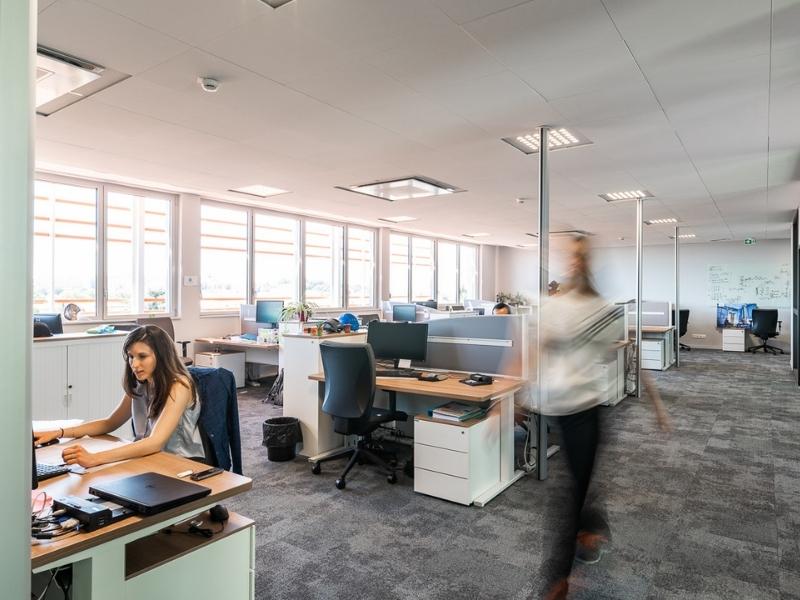
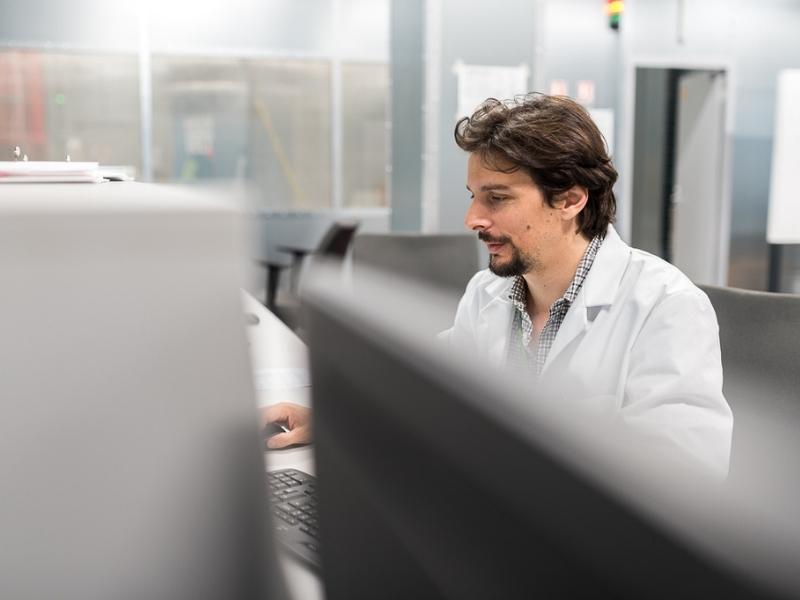
Nos dernières publications scientifiques
HVDC protection criteria for transient stability of AC systems with embedded HVDC links
The objective of this study is to propose a methodology for the transient stability assessment of a simple but representative AC grid in case of DC fault. After validation of the methodology, some HVDC link protection criteria are defined in terms of the Critical Time to Return to Operation. These criteria will be helpful for the design of HVDC protection systems or for the sizing of future HVDC links in order to respect the constraints of the existing protection strategies.
Electrical properties of epoxy systems based on ionic liquids
In accordance with their interesting properties, ionic liquids (ILs) have attracted in the recent years a great interest in the material field. Recently, few authors have demonstrated the reactivity of ionic liquids towards epoxy in order to form new epoxy-based networks...
Design considerations for the 2- phase cooling system of a 5 MW MVDC converter
This presentation will provide an update on our current project: designing a cooler for a high power (5 MW) MVDC converter for offshore wind turbines applications. A number of constraints are imposed, mainly related to a limited volume, environmental, safety and health regulations, and of course cooling performance. Indeed, as we presented last year (ATW 2017), the silicon carbide power semiconductors used in this converter should operate at a junction temperature lower than 100 °C for better efficiency.


